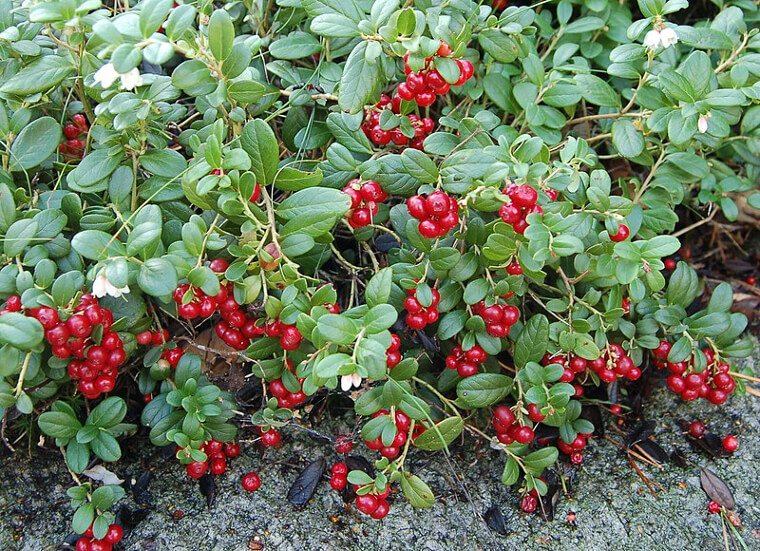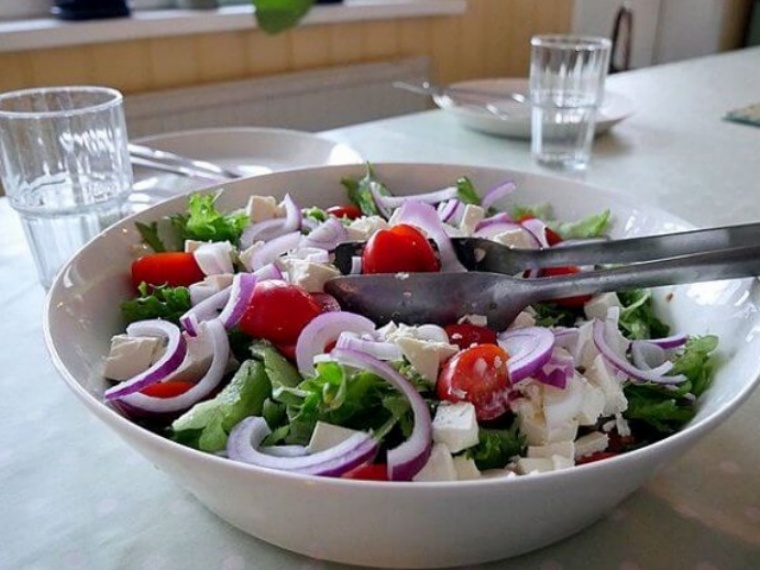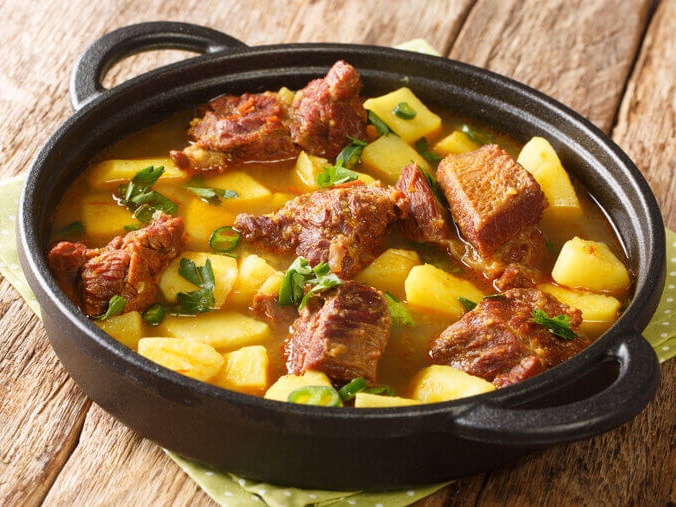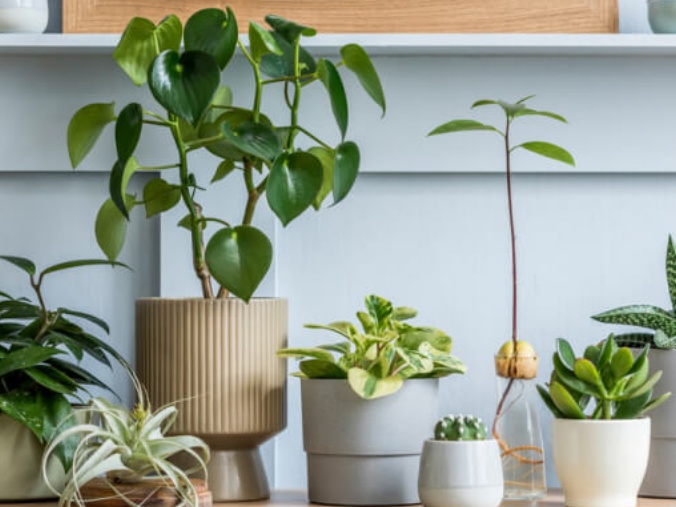Everyday Foods Before They're Harvested
Blueberries
These berries could make you think of groups of small cotton balls instead of blueberries because they don't attain their famous hue until a long time after they start to mature. In reality, they turn into their dark blue or deep purple color in a short amount of time before they need to be picked. Farmers need to keep a tight eye on them because they don't last long and the time to harvest them is short. This is what we mean by blueberry beauty!
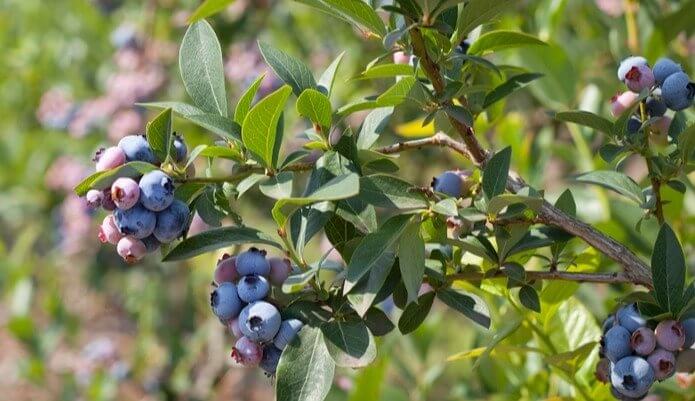
Nutmeg
Nutmeg is another spice that we think of when we think of the holidays. This spice is great since it makes our drinks, sweets, and meals taste better. The spice can last for years if you dry it and grind it into a powder. You may easily find nutmeg at your favorite coffee shop, but it takes some detective work to find it on a plantation. The spice develops within a little fruit that splits open when it's time to pick it.
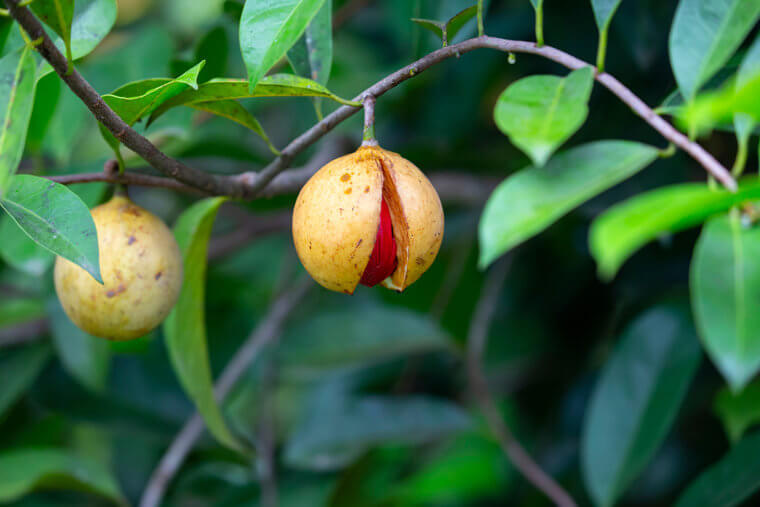
Pineapples
A lot of people think that pineapples are vegetables, but that's not true. Pineapples are not vegetables; they are fruits. They grow on big, prickly bushes that are close to the ground. It's hard to see young pineapples because they are small and dark green. They get back to their normal shape and color as time goes on. The spikes on the pineapple bush are also edible, but they don't taste as good or as sweet as the fruit.
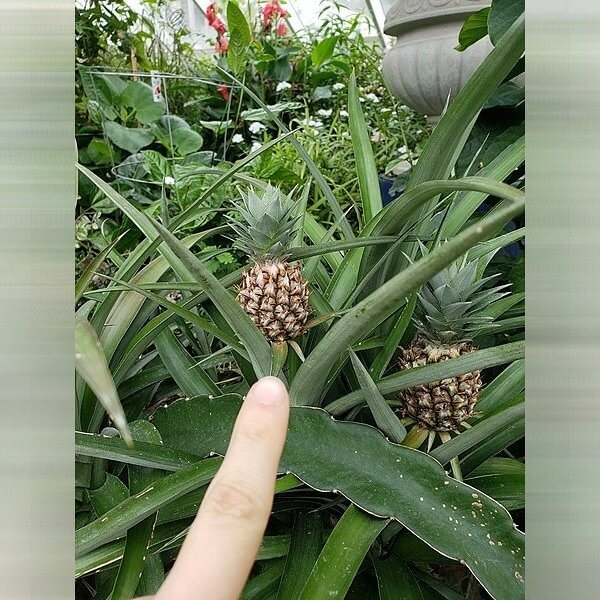
Arugula
People are more concerned about their health these days and what they put into their bodies than they used to be. More people than ever are ordering salads. Because it has a lot of vitamins and minerals, most restaurants put this great leafy vegetable in their salads. You can easily tell arugula from other green plants in a salad. But you might not even notice it outside because it doesn't stand out.

Persimmon
People in Asia love these orange fruits because they can be dried and stored for years. You can find them in teas and use them to make syrups and jams. The fruits taste different, but the way they look on the tree is even more interesting. A persimmon tree doesn't look very nice because it doesn't have many leaves and looks spiky. The tree may not be very pretty, but it does have a lot of persimmons to offer.
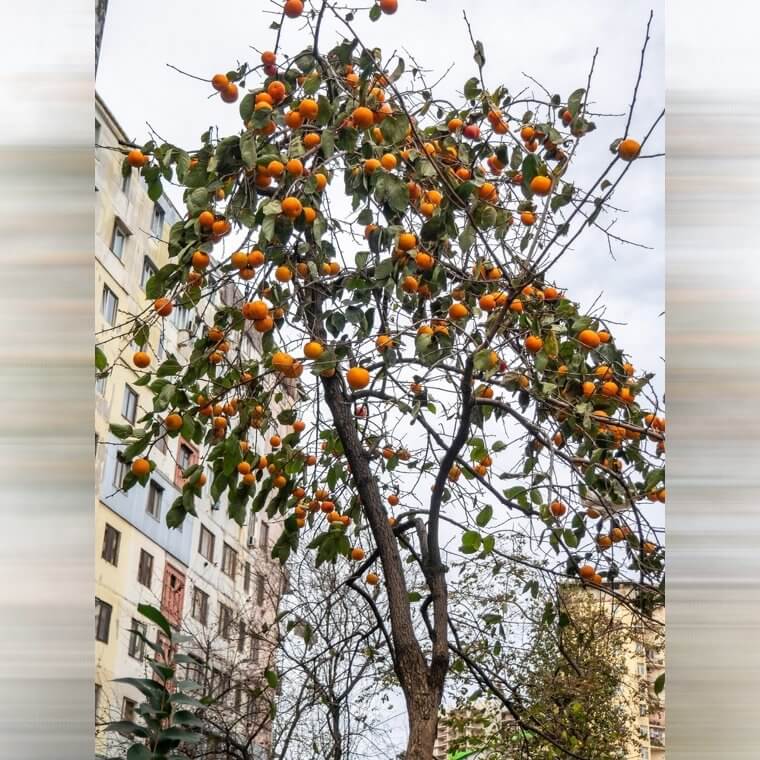
Cranberries
You might be astonished by how these great small berries are grown if you like cranberries. Like rice, a cranberry farm needs to be flooded before it will start to grow. These shrubs need to soak for a time before they can make the little berries we enjoy. They start off as small, colorless balls that grow in groups around the branches. They get bigger and change color as time goes on.
